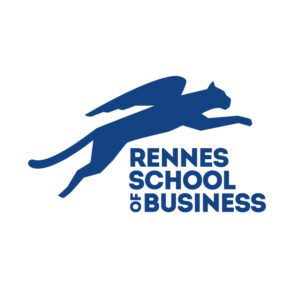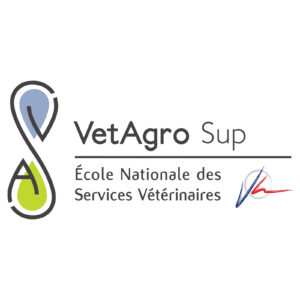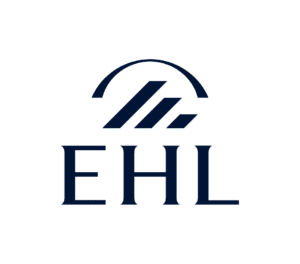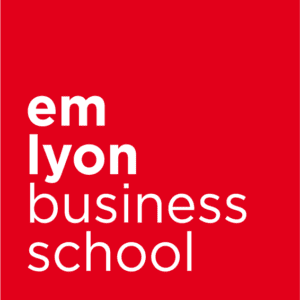Cette activité permet aux étudiants d’évaluer et de donner leurs feedbacks sur des présentations orales réalisées en classe par leurs pairs. Cette approche interactive favorise une attention accrue et une meilleure assimilation des notions présentées, comparée à une simple écoute passive. L’enseignant peut utiliser ces échanges pour stimuler des discussions constructives en cours, approfondissant ainsi la compréhension des sujets abordés
💡 Sélectionnez le modèle dans ChallengeMe pour lancer cette activité en un clic !
L’objectif principal est de transformer les présentations orales en expériences d’apprentissage actif pour tous les étudiants, qu’ils soient présentateurs ou auditeurs. Cette méthode vise à développer les compétences d’écoute active, d’analyse critique, et de communication constructive, tout en renforçant la compréhension du contenu présenté.
💡 Sélectionnez la collection de critères associé à ce cas d’usage dans la plateforme
Les étudiants déposent leurs travaux sur la plateforme en suivant les consignes définies par l’enseignant.
Les étudiants ou enseignants évaluent les travaux en utilisant les critères d’évaluation définis par l’enseignant.
Ils peuvent également donner leurs feedbacks.
Les étudiants découvrent les évaluations et feedbacks reçus en fonction des options d’affichages définies.
Choisissez la méthode d’évaluation qui vous convient le plus.
Vous pouvez utiliser une activité « simple » ou ajouter des phases de dépôts ou d’évaluation supplémentaires.
Pourquoi ne pas utiliser notre assistant IA pour guider les étudiants dans leur feedback. L’assistant peut leur donner des éléments pour améliorer leur feedback et le rendre plus constructif.
⬜ Préparation des critères : Élaborez des critères d’évaluation clairs et pertinents en collaboration avec les étudiants. Cela les aidera à comprendre ce qui constitue une présentation efficace et à se concentrer sur les aspects importants lors de l’évaluation.
⬜ Formation au feedback : Avant de commencer l’activité, formez les étudiants à donner un feedback constructif et respectueux. Insistez sur l’importance d’équilibrer les commentaires positifs et les suggestions d’amélioration.
⬜ Structuration de l’évaluation : Utilisez un système d’évaluation structuré, comme des rubriques ou des formulaires, pour guider les étudiants dans leur évaluation et assurer une certaine cohérence dans les retours.
⬜ Temps de réflexion : Accordez un bref moment après chaque présentation pour que les évaluateurs puissent réfléchir et formuler leurs commentaires de manière réfléchie.
⬜ Discussion facilitée : Après les présentations, animez une discussion de groupe sur les points forts observés et les domaines d’amélioration communs. Cela peut aider à consolider l’apprentissage et à partager les bonnes pratiques.
⬜ Feedback anonyme : Envisagez d’utiliser un système de feedback anonyme pour encourager l’honnêteté et réduire l’anxiété liée à l’évaluation par les pairs.
⬜ Intégration dans l’évaluation globale : Considérez l’intégration de la qualité du feedback donné dans l’évaluation globale des étudiants, pour encourager une participation sérieuse et réfléchie.
⬜ Suivi et amélioration continue : Utilisez les résultats des évaluations pour identifier les tendances et les domaines nécessitant une attention particulière dans vos enseignements futurs sur les compétences de présentation orale.
⬜ Réflexion meta-cognitive : Encouragez les présentateurs à réfléchir sur le feedback reçu et à élaborer un plan d’action pour améliorer leurs futures présentations.
⬜ Valorisation de la diversité : Soulignez la valeur de la diversité dans les styles de présentation et encouragez les étudiants à apprécier différentes approches efficaces.









ChallengeMe propose des critères d’évaluation clairs et précis que vous pouvez personnaliser. En outre, l’anonymat des évaluations et la possibilité d’avoir plusieurs évaluateurs par travail aident à garantir l’équité.
Nous recommandons également de préparer les étudiants, de leur expliquer les objectifs, voir de coconstruire avec eux la grille critériée en prenant exemples sur d’anciens travaux.
Absolument, le travail de groupe est possible, aussi bien en phase de réponses (dépôt d’un fichier en groupe par exemple) que en phase d’évaluation (les étudiants doivent se mettre d’accord sur le feedback et les évaluations)
Nous avons plusieurs contenus disponibles. Dans la plateforme, les étudiants sont accompagnés sur l’activité avec des conseils pour donner des feedback pertinents. Nous mettons aussi à disposition des enseignants des documents qu’ils peuvent utiliser pour présenter l’activité aux étudiants.
Vous choisissez ! Vous pouvez mettre en place du formatif uniquement (pas de notes, uniquement des feedback) ou bien construire une note avec de la pondération sur les critères, des bonus/malus selon certains événements (retard par exemple) ou encore pondérer la note de l’évaluation par les pairs avec celle de l’enseignant.
Nous travaillons avec + de 90 écoles en France, Suisse, Belgique et au Québec. Vous trouverez sur notre site plusieurs retours d’expériences d’autres écoles sur nos activités.





Nous vous proposons d’essayer gratuitement ChallengeMe. N’hésitez pas à nous contacter directement pour toutes vos questions, notre équipe sera ravie de vous aider !